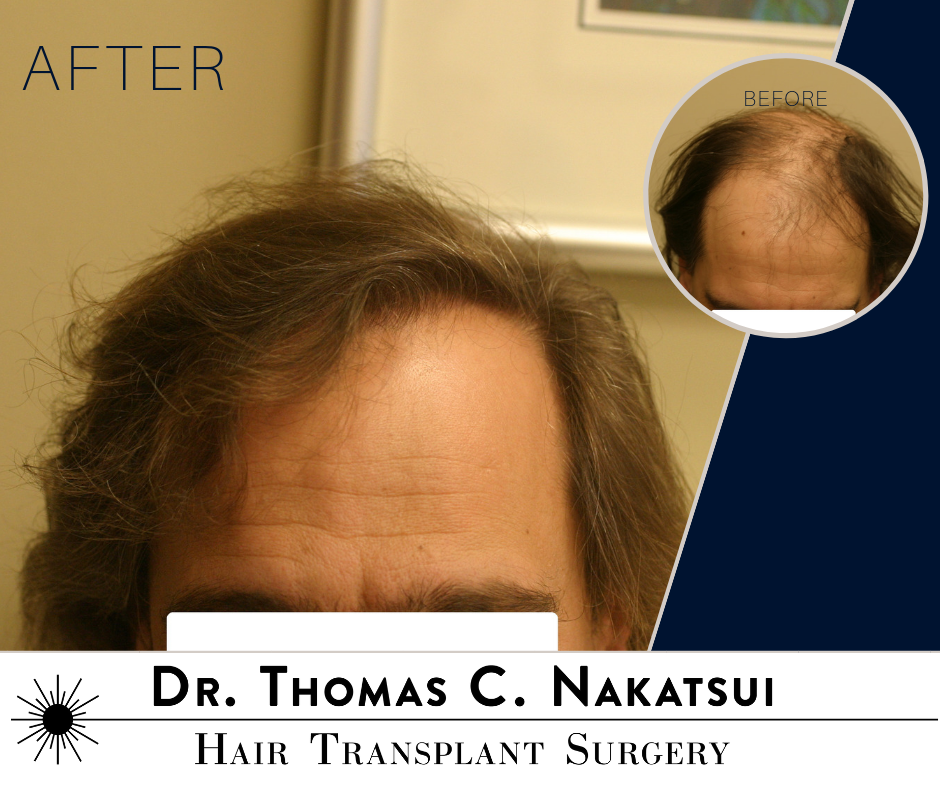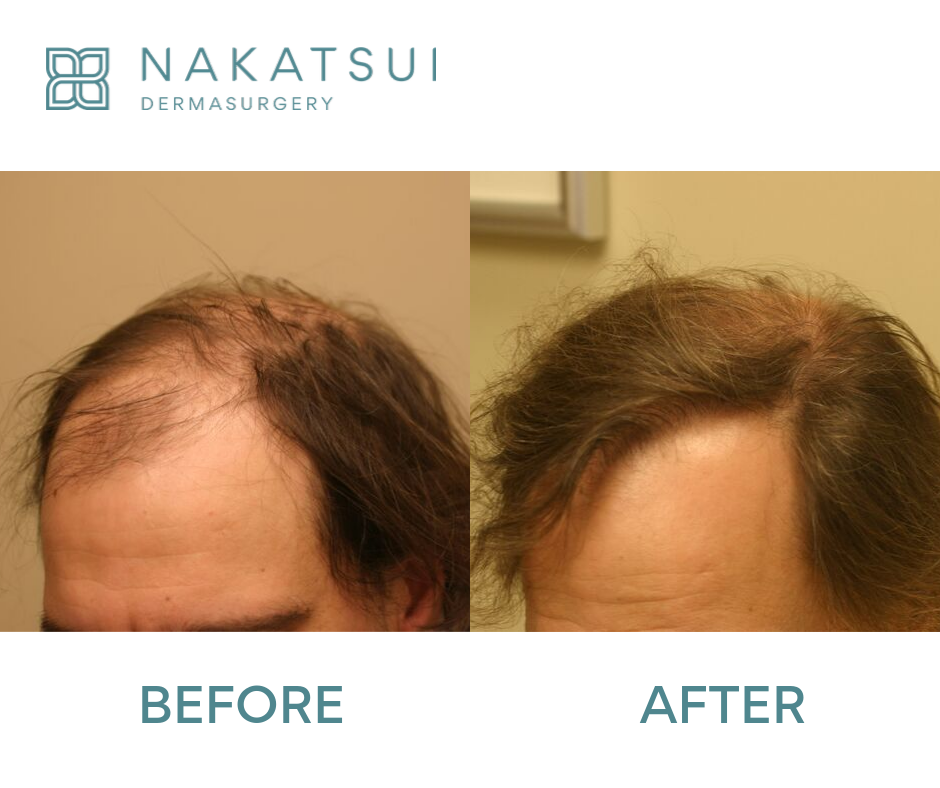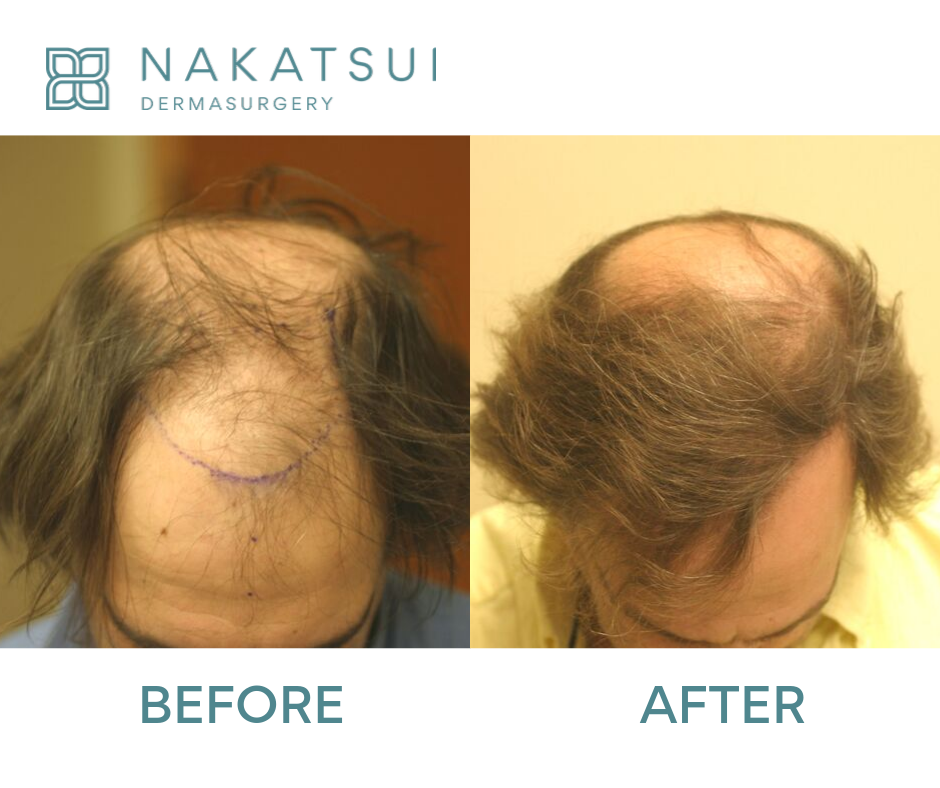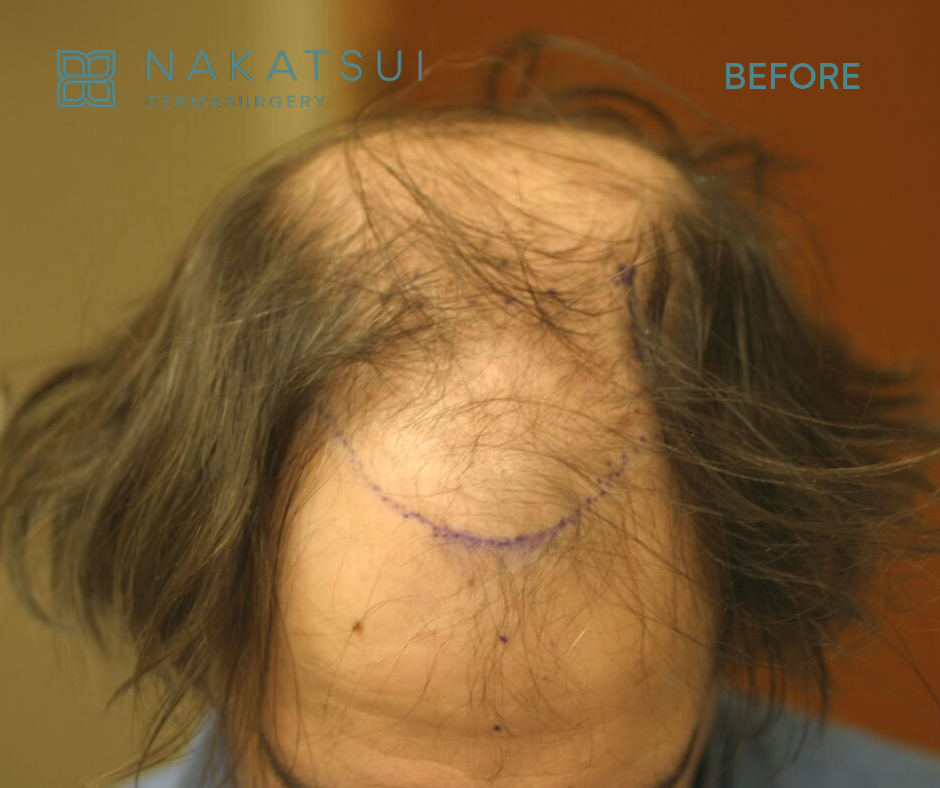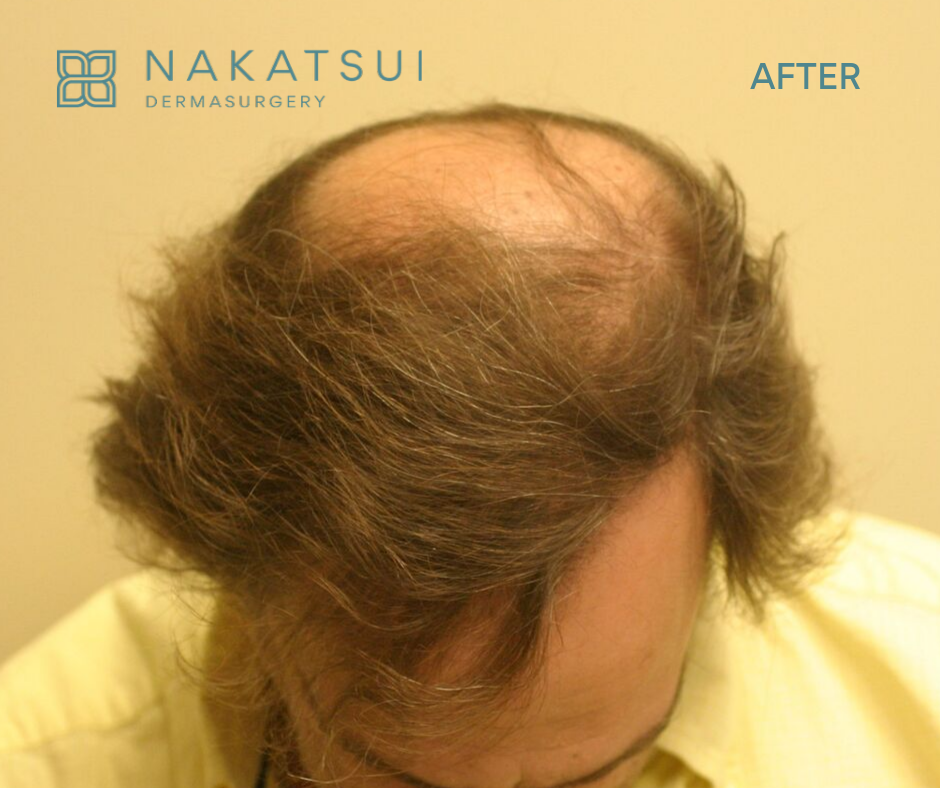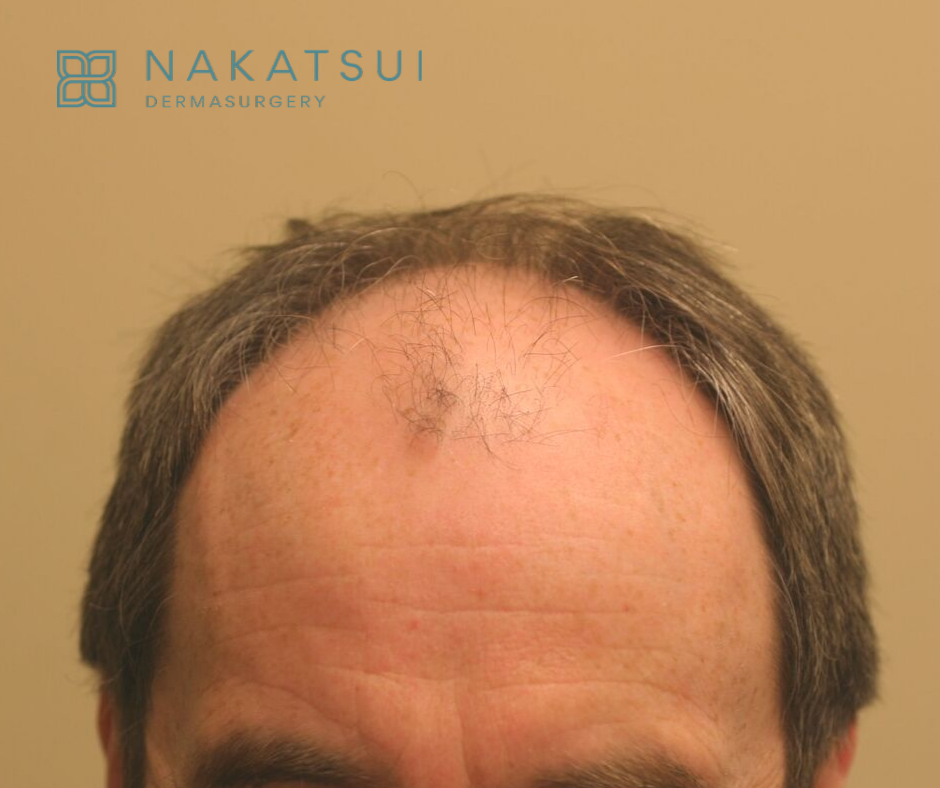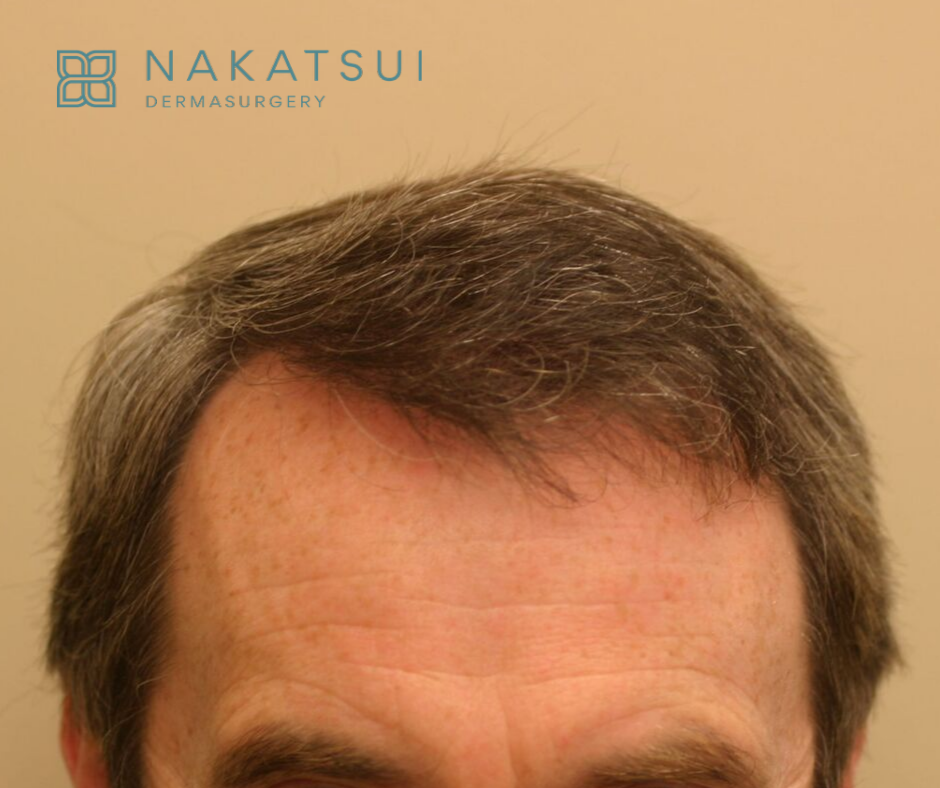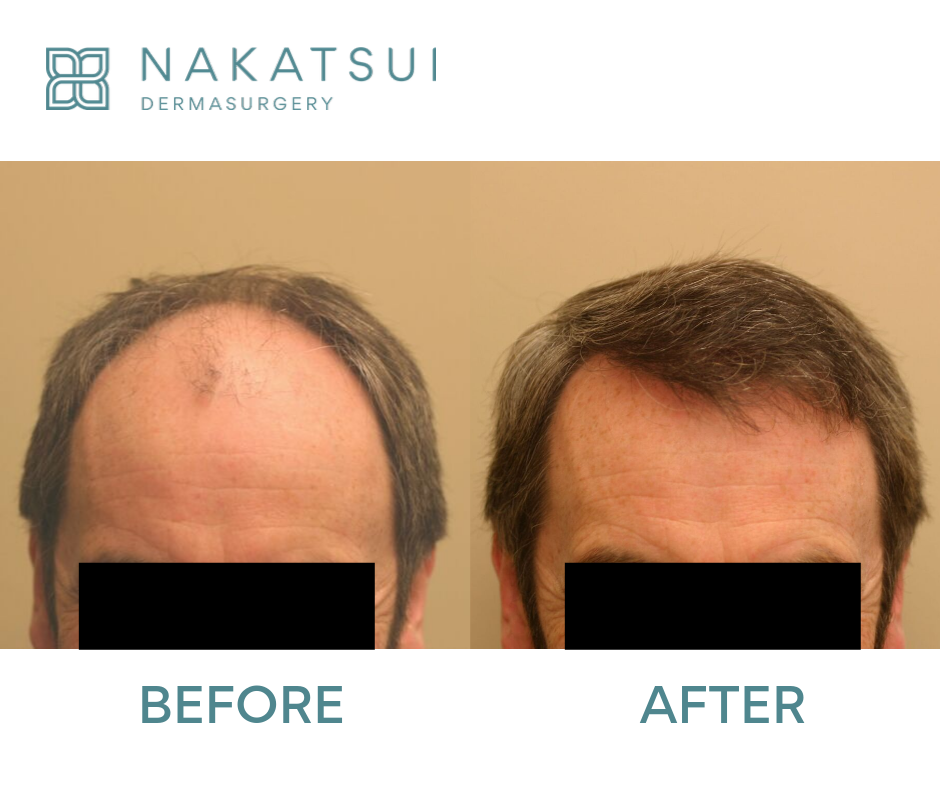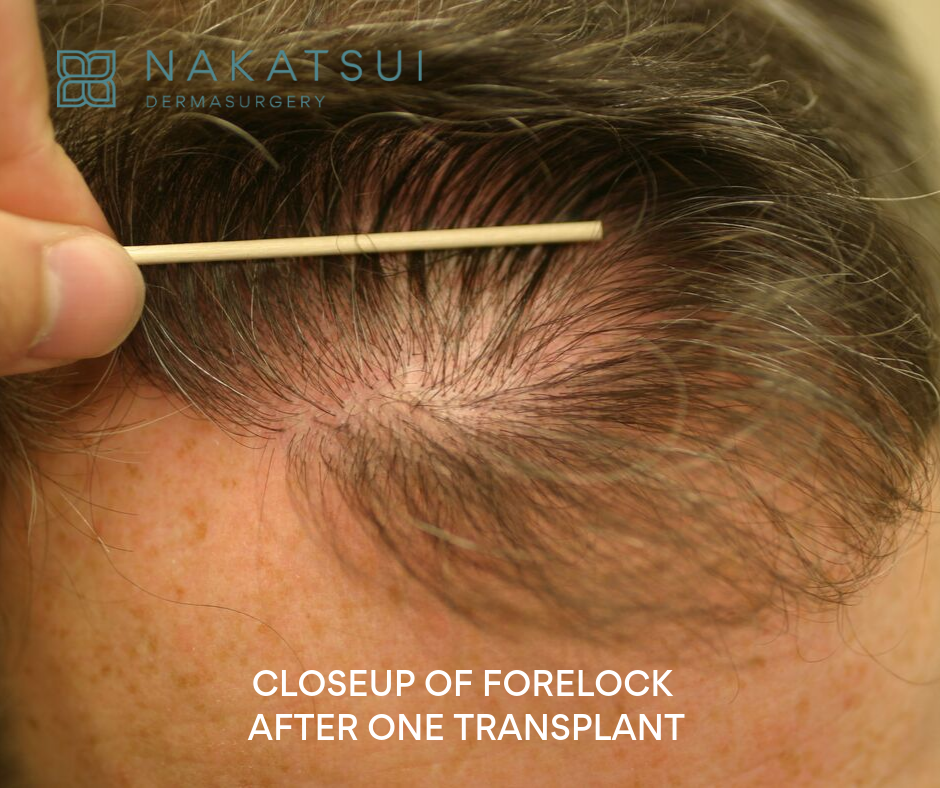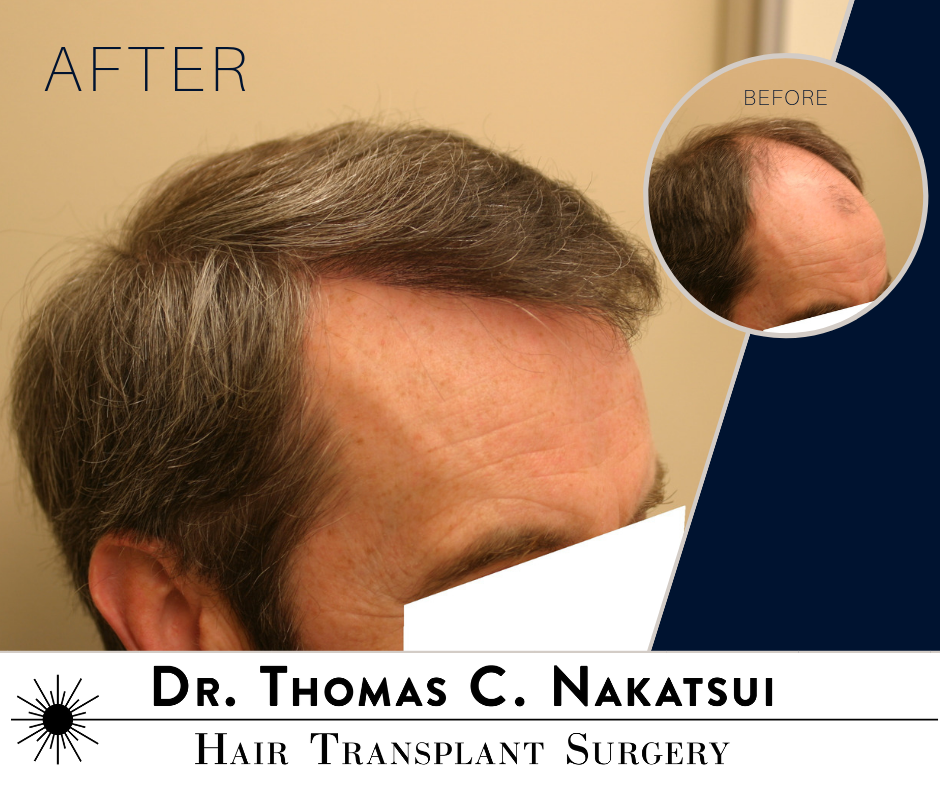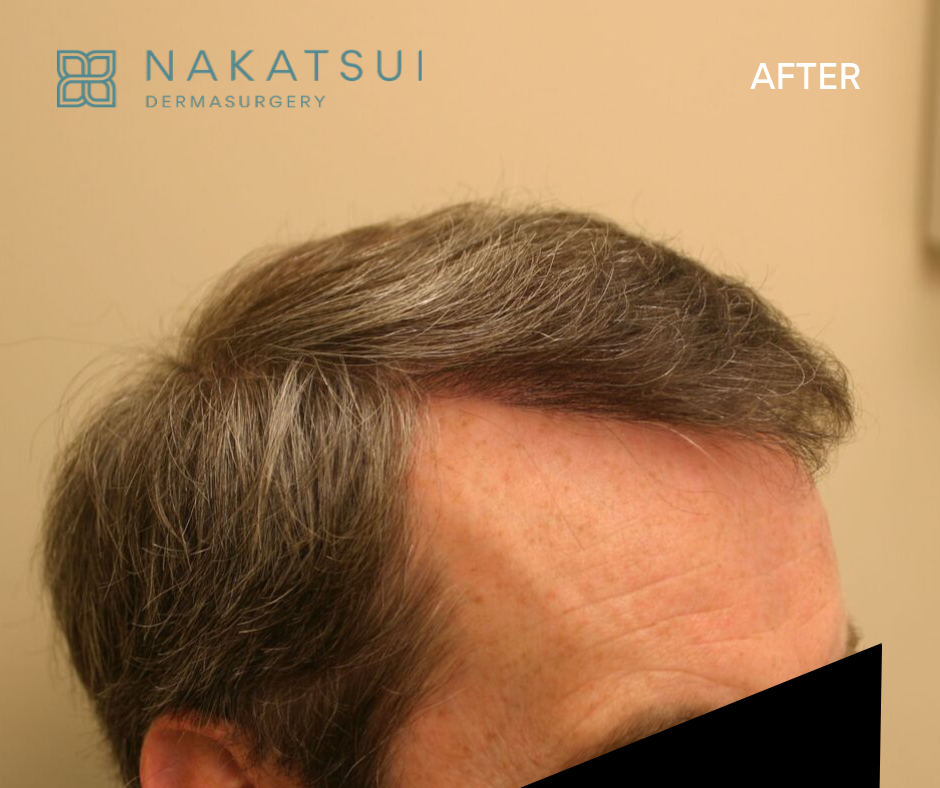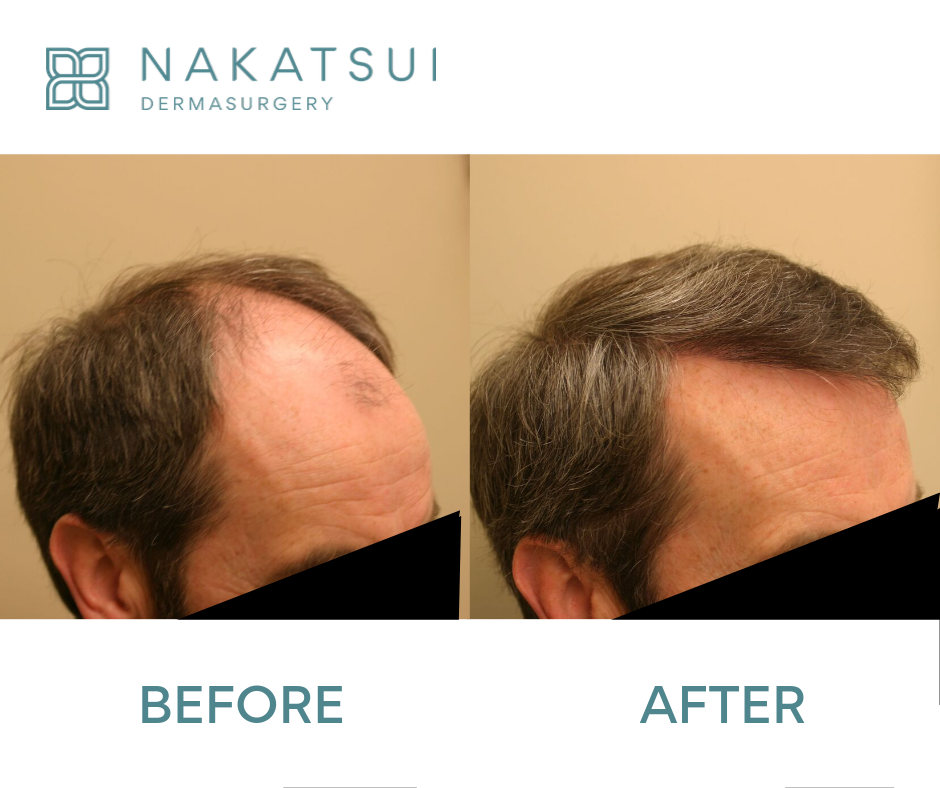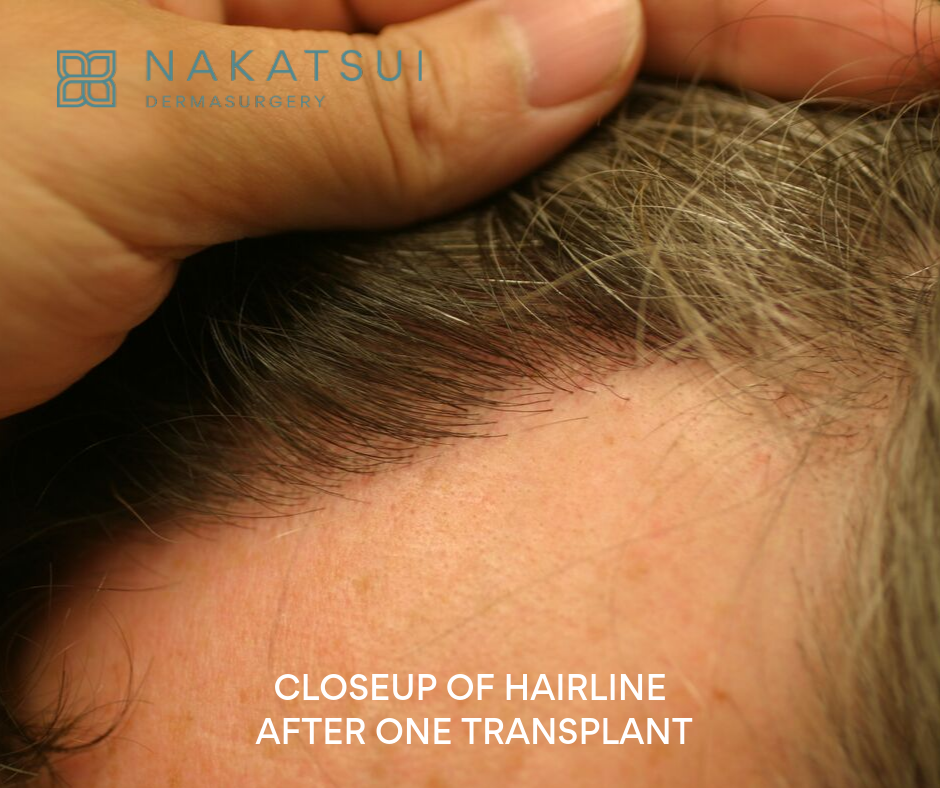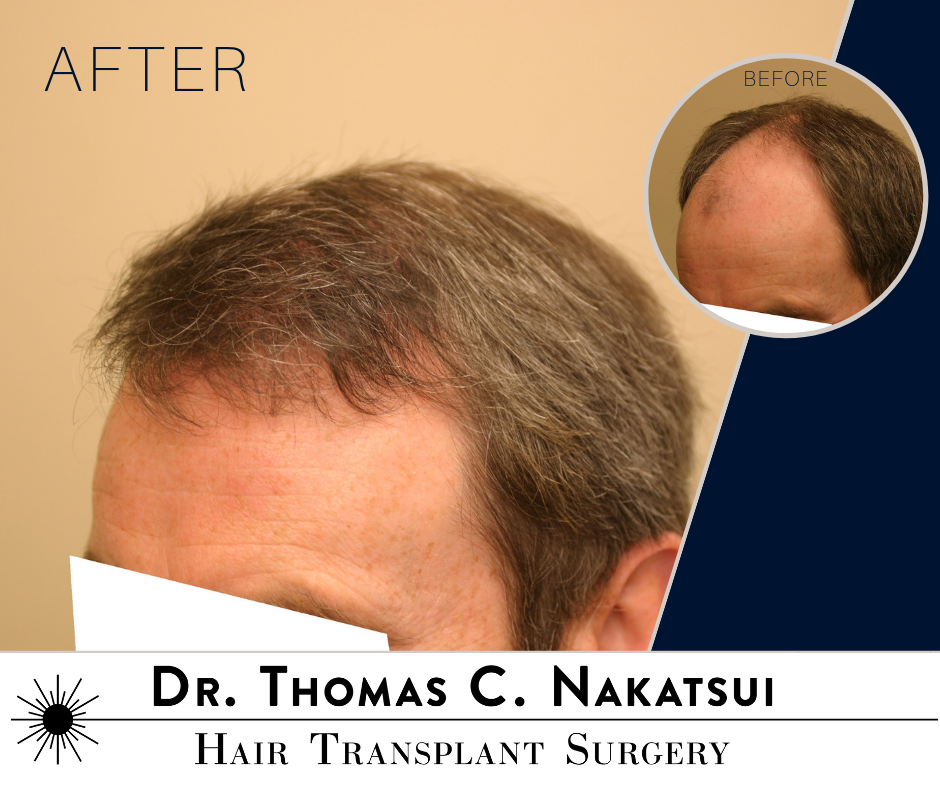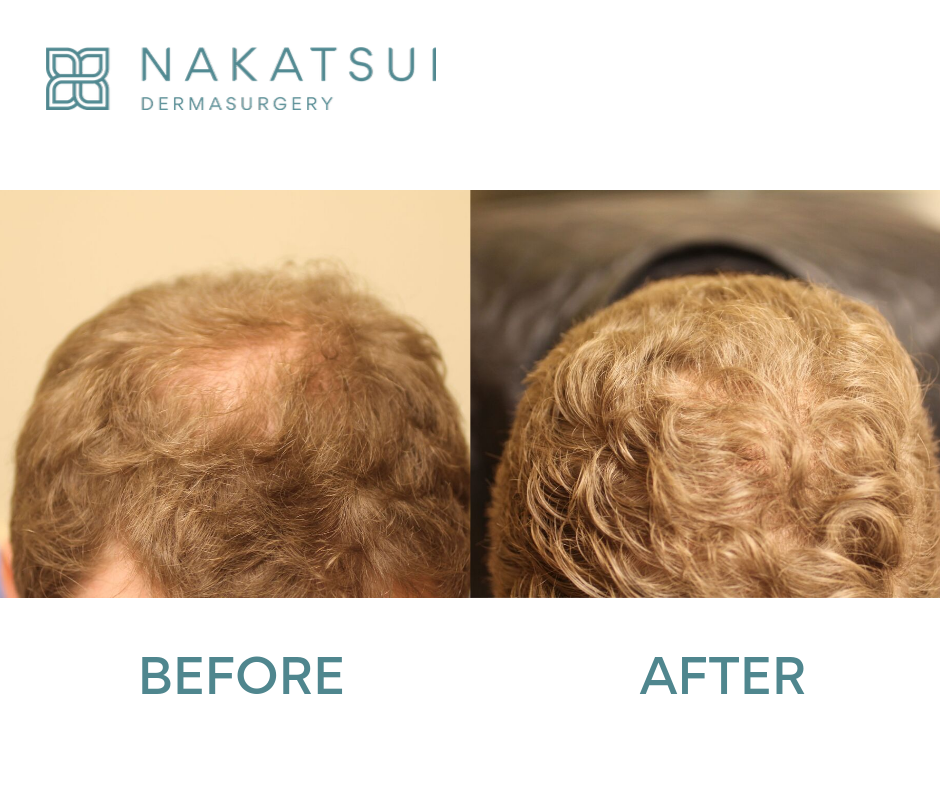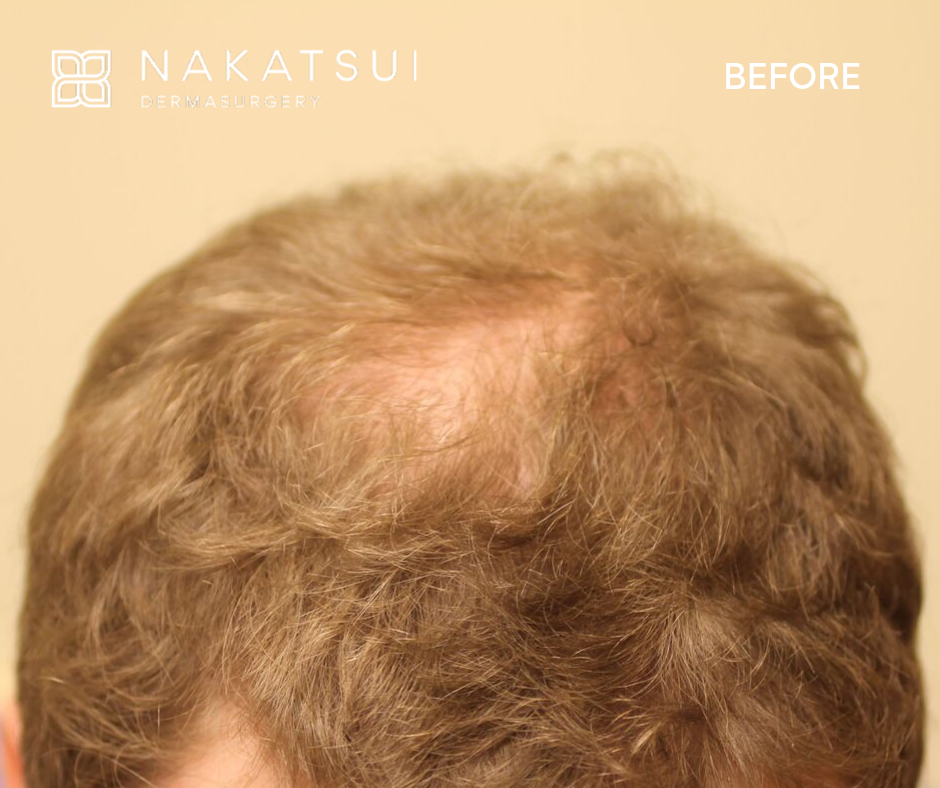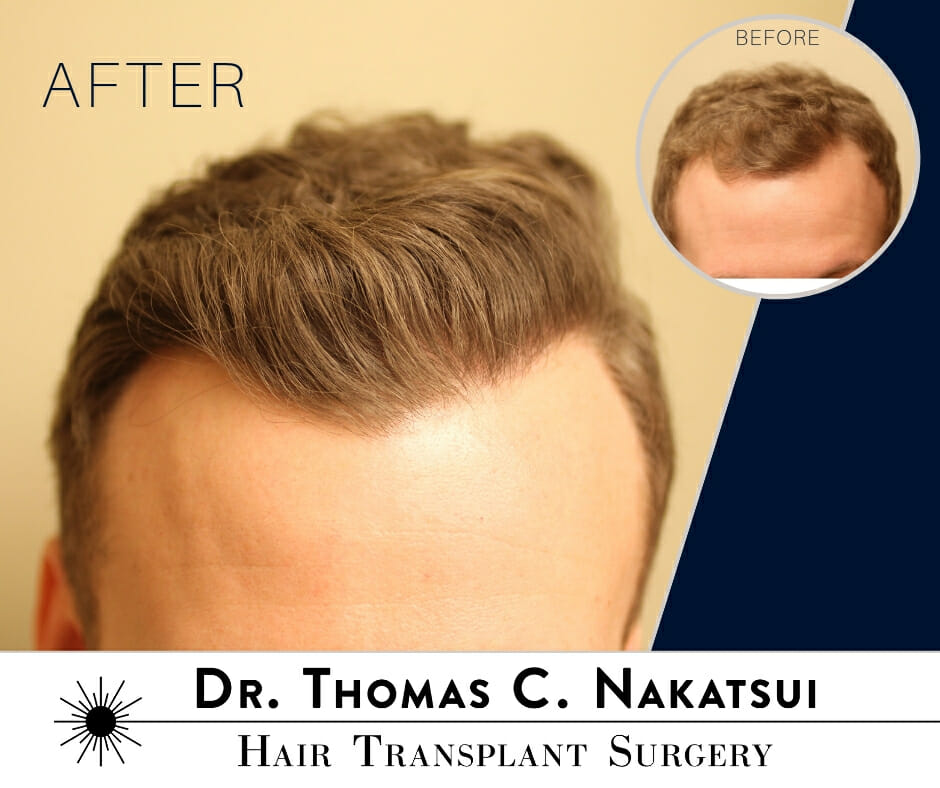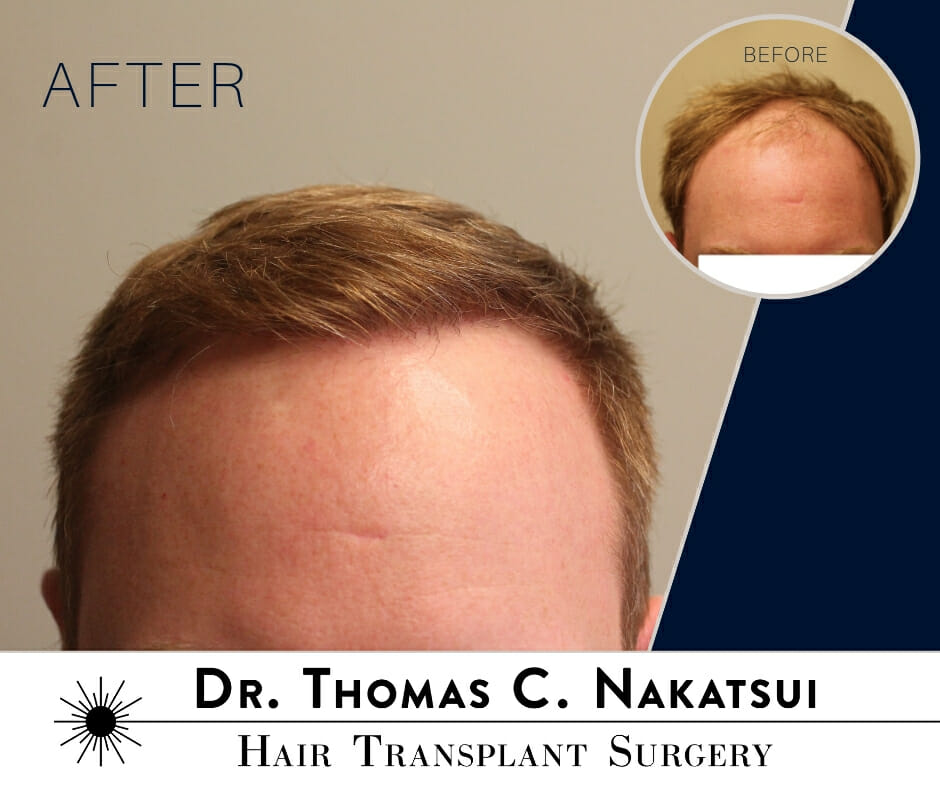Tag Archive: minoxidil
January 19, 2021
A recent article published in the Journal of the American Academy of Dermatology outlined some of the world experts consensus opinions of therapeutic options for alopecia areata. Topical and intralesional corticosteroids were the most common treatments used for this problem, although other topicals such as calcineurin inhibitors, prostaglandin analogues like Latisse, minoxidil, and DPC were acknowledged to be useful in some situations.
With respect to systemic therapy, oral corticosteroids can sometimes be used although steroid-sparing agents would probably be preferred for chronic alopecia areata. If used, oral steroids generally require a taper over more than 12 weeks. Some of the steroid sparing agents mentioned include cyclosporine and methotrexate, as well as JAK inhibitors.
Reference for alopecia areata consensus:
The Alopecia Areata Consensus of Experts (ACE) Study PART II: Results of an International Expert Opinion on Diagnosis and Laboratory Evaluation for Alopecia Areata. Meah N, Wall D, York K, Bhoyrul B, Bokhari L, Sigall DA, Bergfeld WF, Betz RC, Blume-Peytavi U, Callender V, Chitreddy V, Combalia A, Cotsarelis G, Craiglow B, Donovan J, Eisman S, Farrant P, Green J, Grimalt R, Harries M, Hordinsky M, Irvine AD, Itami S, Jolliffe V, King B, Lee WS, McMichael A, Messenger A, Mirmirani P, Olsen E, Orlow SJ, Piraccini BM, Rakowska A, Reygagne P, Roberts JL, Rudnicka L, Shapiro J, Sharma P, Tosti A, Vogt A, Wade M, Yip L, Zlotogorski A, Sinclair RD. J Am Acad Dermatol. 2020 Sep 11:S0190-9622(20)32614-1.
January 3, 2021
The main problem with platelet rich plasma (PRP) studies is that there are so many different ways of preparing PRP that it is difficult to assess the effectiveness of PRP as a whole. One practitioner may prepare the PRP differently from another or the method of injecting may be different from one another.
Despite this, this study is important because it provides further real evidence that PRP for androgenic alopecia in women is helpful. This study was performed by the Mayo Clinic and was published in Dermatologic Surgery 2020.
This was a randomized, controlled pilot study and patients were treated with either PRP followed by minoxidil after an 8 week washout period, or with minoxidil followed by PRP. The hair was analyzed using a TrichoScan device and looked at hair count, vellus hair density, terminal hair density, and cumulative thickness. The patients were also asked how they felt about the benefit or lack of benefit from treatment with minoxidil and PRP.
The study showed there was a definite improvement from PRP, although the study also suggests that minoxidil may have been slightly more effective in these patients. Interestingly, the patient’s subjective opinions about PRP vs. minoxidil was that PRP was more effective than minoxidil. Lastly, the authors noted there may be a combination effect from the two treatments.
Further studies are needed but this provides more objective evidence that PRP is effective for female pattern hair loss.
Reference:
A Randomized, Controlled Pilot Trial Comparing Platelet–Rich Plasma to Topical Minoxidil Foam for Treatment of Androgenic Alopecia in Women. Bruce AJ, Pincelli TP, Heckman MG, Desmond CM, Arthurs JR, Diehl NN, Douglass EJ, Bruce CJ, Shapiro SA. Dermatol Surg. 2020 Jun;46(6):826-832
April 23, 2020
Hair Restoration Options for Women:
In a study by Ramos et al in 2019, oral minoxidil was investigated as an alternative therapy for female pattern hair loss. In the study, which was a 24 week, randomized, open study design, they compared 1 mg oral minoxidil to 5% topical minoxidil used for 24 weeks. The authors found that the increase in density with both treatments was very similar and there was no statistically significant difference.
Oral minoxidil was well tolerated and had very few side effects. Some of the reported adverse events included mild hypertrichosis in 27% of participants and increased mean resting heart rate.
Oral minoxidil at a dose of 1 mg daily may be an option, particularly in women who cannot tolerate topical minoxidil. However, this medication should probably be avoided in patients with pre-existing cardiac disease for the moment until it has been further evaluated.
December 12, 2018
Number of Grafts: 407
Areas Treated: Right retroauricular region, right temple, and mid frontal region
Number of Procedures: 1
Type of Surgery: Follicular Unit Excision (FUE)
This friendly gentleman came to see Dr. Nakatsui regarding a bout of scarring alopecia that occurred over 20 years ago. He had no complaints or issues with hair thinning, rather just 3 areas of scarring alopecia. The patient advised us that he had surgery elsewhere where the surgeon excised a portion of scar. This led to a linear scar line. When dealing with hair transplants into a scar region, we know that approximately 80% of the hairs will grow and survive whereas transplanted hairs into virgin scalp will have a success rate of approximately 96-98%. The patient was made aware of the decreased survival rate and still proceeded with the surgery. Ultimately, the end result is very natural, thick, and blends in well with his surrounding hair.
Hairs come in different angles and directions all throughout the scalp. The angle the hair will be different in the front of the scalp compared to the back of the scalp. The in the retroauricular region (behind the ear), the angle of the hair is fairly flat and facing downward. If hairs were transplanted perpendicular to the natural angle of the hair, the end result will be very unnatural. For more of Dr. Nakatsui’s before and after results, please click here.
December 11, 2018
Number of Grafts: 3,000
Areas Treated: Hairline and Frontal Region
Number of Procedures: 1
Type of Surgery: Follicular Unit Transplant (FUT)
This gentleman came in with progressive hair loss throughout his scalp. Dr. Nakatsui transplanted approximately 3,000 grafts for his final result. The nice thing about this patient is that he grew out his hair demonstrating that hair transplanted hairs grow just like regular hair because it is natural hair. To view more of Dr. Nakatsui’s before and after photos, please click here.
November 23, 2018
Number of Grafts: 3,000
Areas Treated: Hairline and temples and mid region.
Number of procedures: 1
Type of surgery: Strip (FUT)
This gentleman came to our centre with recession to his hairline that extended back to his mid scalp. Dr. Nakatsui transplanted approximately 3,000 grafts for the final result. Close examination of the hairline demonstrates the absolute importance to angle and the use of follicular units (the very basic units of hair) when performing a hair transplant. The wonderful thing about hair transplant surgeries is that, once the transplant is complete, the hairs are generally permanent. They will act the same way as the hair from the back of your scalp; meaning they will grow at the same length and change colour at the same time generally. The best part about hair transplant surgery is that, it is your hair. To view more of Dr. Nakatsui’s before and after photos, please click
here.
November 13, 2018
Number of Grafts: 2,200
Areas treated: Vertex and temples
Number of procedures: 2
Type of surgery: Follicular Unit Excision (FUE)
This young man came to our clinic complaining of thinning to his vertex (crown) and his temples. After going through the options, he opted to have follicular unit excision surgery (FUE) because he did not want any noticeable scars on his scalp. Using the FUE method, Dr. Nakatsui transplanted 2,200 grafts into the vertex and temples.
At our centre, when a FUE surgery is performed, Dr. Nakatsui makes every tiny incision around every follicular unit graft. At many other clinics, technicians or sometimes robots perform this aspect of the procedure. Dr. Nakatsui prefers to perform this aspect of the procedure himself as the donor hair can change angle below the surface of the skin. If care is not taken and change in angle is not accounted for, the risk of transecting (cutting through) a graft increases, thereby rendering the graft unusable. Learn more about follicular unit excision (FUE) here. For more of Dr. Nakatsui’s results, please click here.
November 10, 2018
Number of Grafts: 2,400
Areas treated: Hairline/Temples
Number of procedures: 1
Type of surgery: Strip (FUT)
This patient experienced recession to the frontal aspect of his scalp. As with any hair transplant surgery, angle and direction of transplanted hairs is of utmost importance. Dr. Nakatsui transplanted approximately 2,400 grafts and followed the patients specific hair directions throughout the frontal region. In the photos seen from the various angles, care and precision were important in order to produce a natural looking result.
For more before and after results, please click
here.



